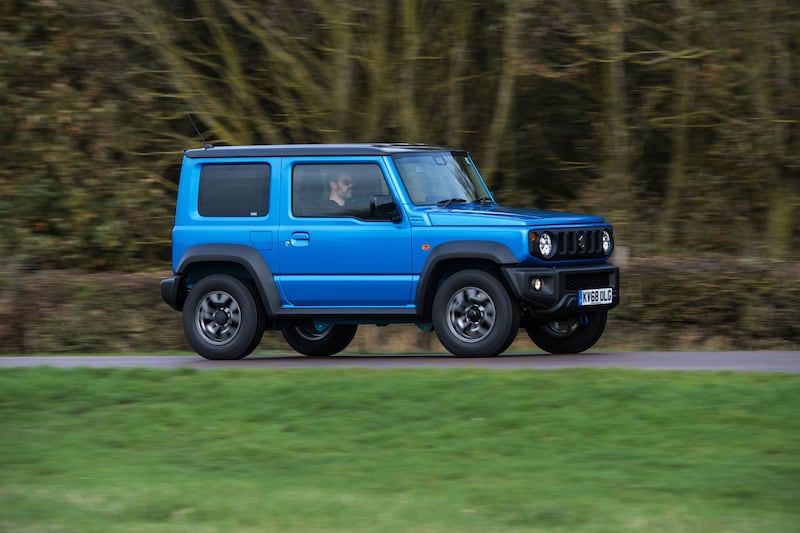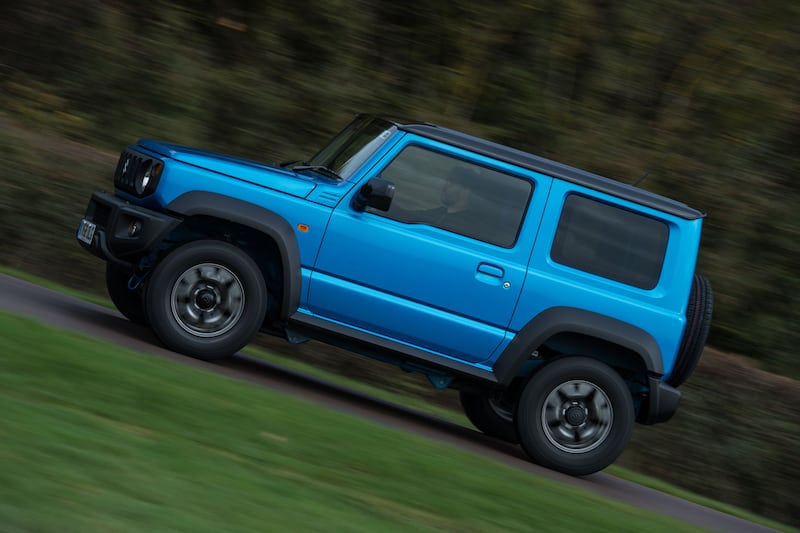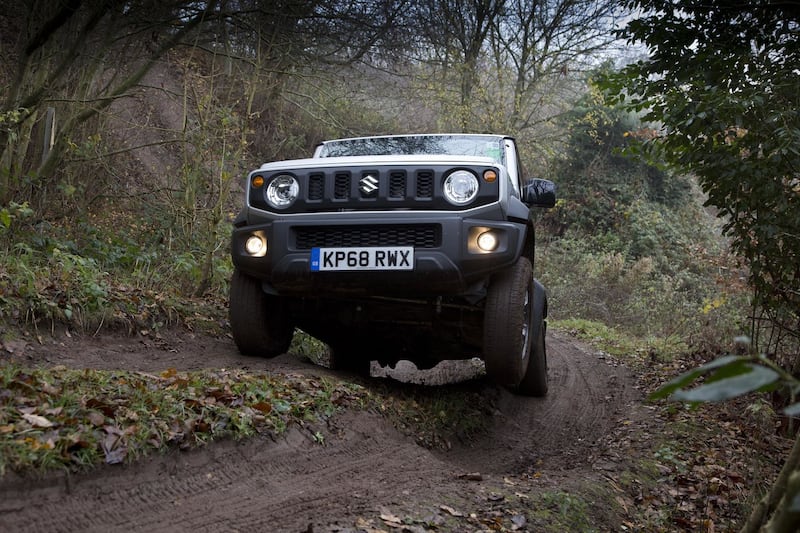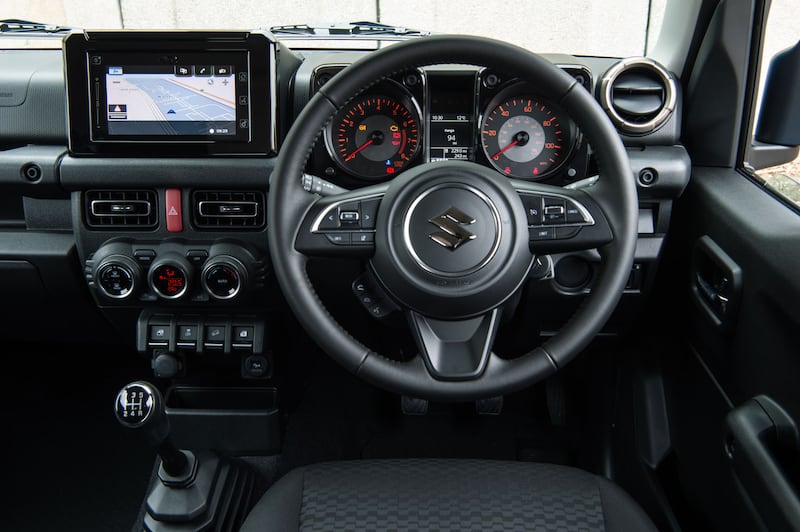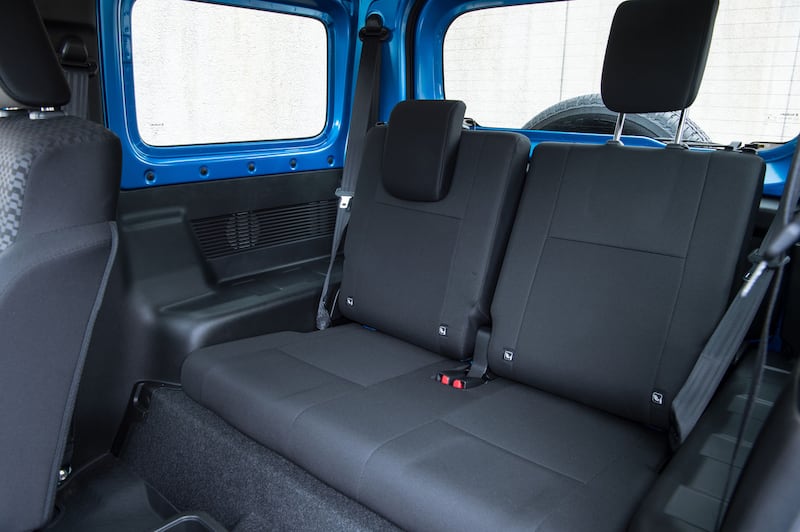
YOU might think that cars are just transport, a means of going from A to B without getting your feet dirty and your hair wet, writes William Scholes.
Driving is also a lot more convenient than riding a horse, or whatever else they did before the internal combustion engine came along, which is just as well because most of us don't have stables.
But I would argue that the car is far more than mere transport.
Love it or loathe it, the car is the most significant cultural artefact of this century and the last. It is one of the reasons I and others find them so endlessly fascinating.
To look at the car and conclude that it is simply a form of locomotion is to see only part of the story.
It would be like gazing upon the Great Pyramid of Giza and declaring it a decent bit of brickwork; it's that, no doubt, but it also tells us so much more about the Ancient Egyptians, their beliefs, ingenuity, culture and attitudes.
I have mentioned French philosopher Roland Barthes on these pages before, and he was surely on to something when, writing in 1957, he said that cars were today's cathedrals.
The changing shape of the car is a reflection about technical progress - or we would still be driving Austin Sevens and Model T Fords, and not thinking about electric vehicles, hydrogen fuel-cells and so on - but its design and execution also responds to wider cultural trends and preoccupations.
For example, it could be said that we are in the era of fake news and groupthink, a phenomenon facilitated by the shallowness of social media and harnessed by preposterous figures like Donald Trump and the Brexit fantasists.
A by-product of this seems to be that honesty, if not in short supply, is under-appreciated. It may even be under attack. Liam Neeson found this to his cost last week, when he confessed to holding awful thoughts decades ago; that he also expressed shame, remorse and repentance didn't seem to matter.

It is perhaps no coincidence, then, that in these fake news times, the car-buying public has so fully embraced what could be described as fake off-roaders.
In most cases, whatever their merits, that is what the vast majority of SUVs and crossovers are - perfectly decent family cars masquerading as full-fat 4x4s.
Most don't even have all-wheel-drive and are no more capable off-road than a Ford Focus or Volkswagen Golf, never mind the fact that most owners wouldn't dream of taking them where their wheels will get dirty.
The plethora of SUVs and crossovers which today count for nigh on 40 per cent of Europe's new car market are heavily compromised as 4x4s simply because proper off-roading comes a long way behind more mundane on-roading family duties.
That's why the small handful of genuine full-fat 4x4 cars are so highly regarded; anyone who drives one of them hasn't accepted a compromise.
And if your definition of 'genuine 4x4' means a ladder-frame chassis, a low-range gearbox and epic approach and departure angles, then it really is a small handful.
If the Great Pyramid of Giza of these 4x4s is the Mercedes-Benz G-Class - a military-grade off-roader with a six-figure price tag and a presence more menacing than Brexit - then the Old Pyramid of Giza is the now-defunct Land Rover Defender, which was born in the shadows of the Second World War.
Which brings us to the Small Pyramid of Giza, better known as the Suzuki Jimny.
A new Jimny is A Big Deal because it doesn't happen very often. The first of these tiny but extremely tough 4x4s was launched in 1970. The new Jimny on these pages is only the fourth generation, and the last version soldiered on for 20 years.
There is a toy-like quality to the Jimny, which looks like something that Emmet from the Lego Movie would drive. It's cute but not feminine, so you can even imagine Lego Batman driving one - as long as it was painted black or very very dark grey
Twenty years is eons in car years, a period of time roughly comparable to a run of Last of the Summer Wine.
My honest appraisal of the last Jimny was that it was rubbish on-road, great off it but somehow charming at all times.
The new model is a significant improvement on the road. It needed to be, not least because the old Jimny was, at times, terrifying.
Yes, the new Jimny is still slow. It's also noisier than a regular supermini - if you want one of those that handles with vim and is easy to drive, then Suzuki has a bunch of excellent alternatives to sell you, such as the Swift.
But the Jimny has now ascended to the level of being 'OK' on asphalted roads. It trundles along at its own pace and makes you think about your inputs.
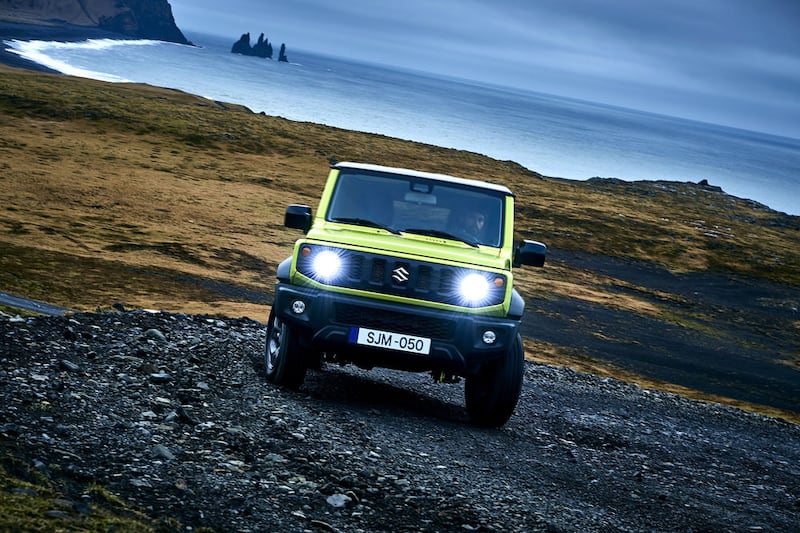
Like all great cars, the Jimny is shot through with character. It encourages a dialogue between driver and machine, and is unapologetic about its uncompromising nature.
That lack of compromise makes sense when you go off-road.
Like all great cars, the Jimny is shot through with character. It encourages a dialogue between driver and machine, and is unapologetic about its uncompromising nature
The nice people at Suzuki laid on a frankly improbable course of precipitous inclines, ruts and swamps to show off the little car's full range of mud-plugging ability; it was impossible to be anything other than impressed.
A rigid ladder frame chassis, rigid axles and a four-wheel-drive system with a low range transfer gear is the hardware that helps make the Jimny unstoppable, aided by pert dimensions and a wheel-at-each-corner layout that means it can approach and descend ridiculously steep angles. It's brilliant.
But what elevates the new Jimny way beyond the sum of its parts is the way it looks.
As a piece of industrial, fit-for-purpose design it is nigh-on perfect.

There is a toy-like quality to the styling that makes it appear friendly and appealing - and who doesn't want a friendly car?
It looks like something that Emmet from The Lego Movie would drive. It's cute but not feminine, so you can even imagine Lego Batman driving one - as long as it was painted black or very very dark grey, of course.
The Jimny is form-follows-function on four chunky wheels. It is designed to help you navigate off-road. For example, the flat bonnet and upright windscreen make it easy to see out; the dip in the driver and passenger side windows aids visibility too.
It oozes authenticity. There is nothing faux or fake about it.
The Jimny won't be for everyone - though Suzuki can't import them quickly enough - but it is the real deal. And that's the honest truth.
As a piece of industrial, fit-for-purpose design the Jimny is nigh-on perfect
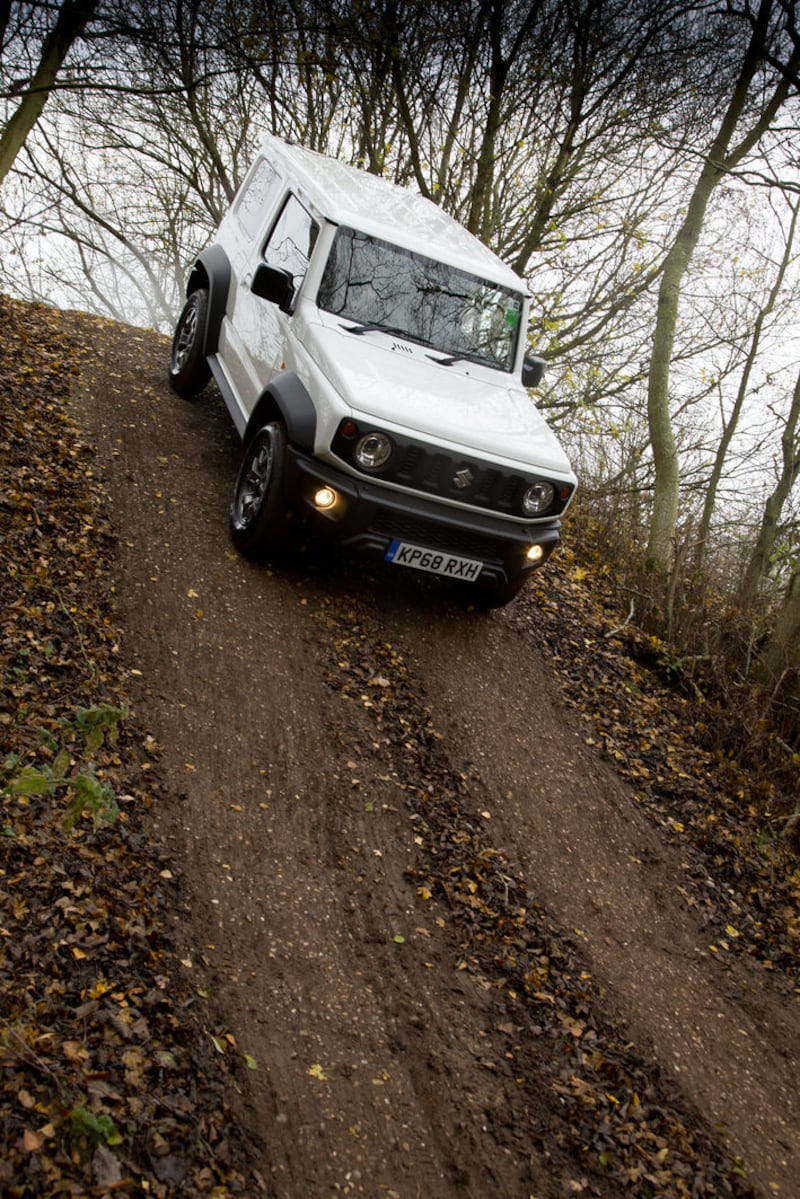
AT A GLANCE
Suzuki Jimny SZ5
Price: £17,999
Engine and transmission: 1.5-litre four-cylinder petrol, five-speed manual gearbox, four-wheel-drive with high and low ratios; 100bhp, 96lb.ft
Performance: Top speed 90mph, 0-60mph in a long time...
Fuel consumption and CO2: 35.8mpg (WLTP combined), 154g/km (NEDC)
Car tax: £515 in first year, then £140 annually
Benefit in kind: 31 per cent
Euro Ncap safety rating: Three stars (73/84/52/50), 2018

